Films from Central America
Watch short films from Central America and see how indigenous groups from across the region are protecting their forests.
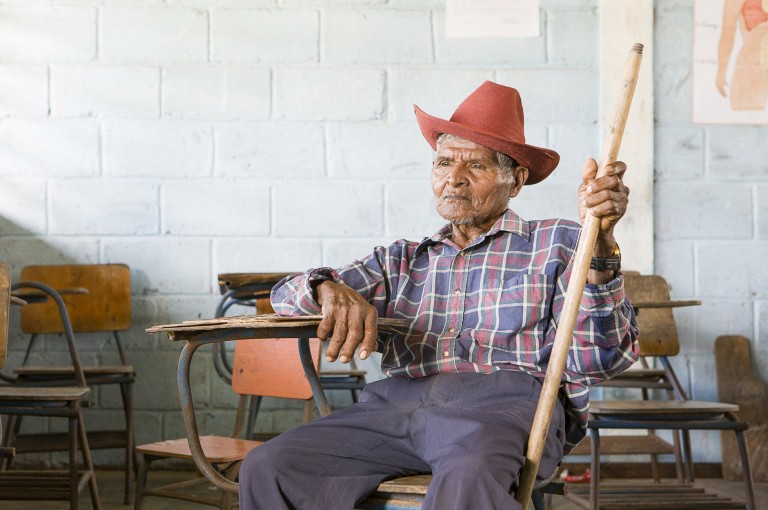
In 2013 the Honduran government granted almost 7% of its territory to the indigenous Miskito people who have lived traditionally on this land for centuries. Bans Lopez, a respected elder of community, shares his thoughts about Miskito people relation to the land.
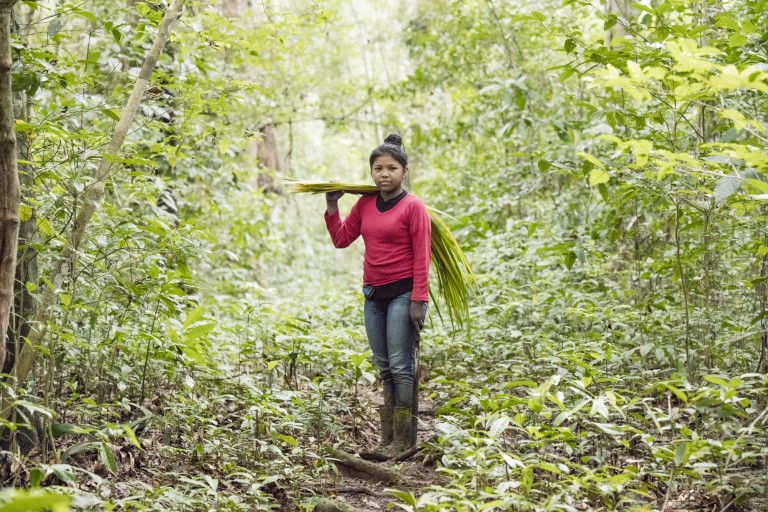
Reclaiming and strengthening indigenous culture is vital to maintaining ancestral connections to nature. This must be passed onto future generations by celebrating indigenous traditions. Embera youth are spearheading a cultural revival, after decades of assimilation, through traditional body painting and storytelling. Meanwhile sustainable community forestry initiatives are creating low impact income for communities that rely on healthy forests for their survival.
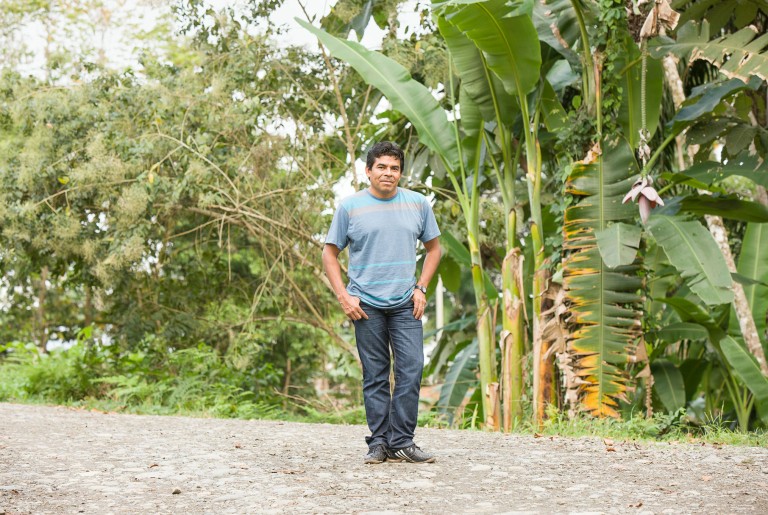
Costa Rica experienced one of the highest rates of deforestation worldwide during the 1970s and 1980s. Deforestation was principally driven by inappropriate policies including cheap credit for cattle, land-titling laws that rewarded deforestation, and rapid expansion of the road system.Costa Rica’s Payment for Environmental Services (PES) Program was launched in 1997. Since 2003, indigenous communities began to be accepted in this program, land titles ceased to be required, and collective contracts with small landowners’ associations became a priority goal.
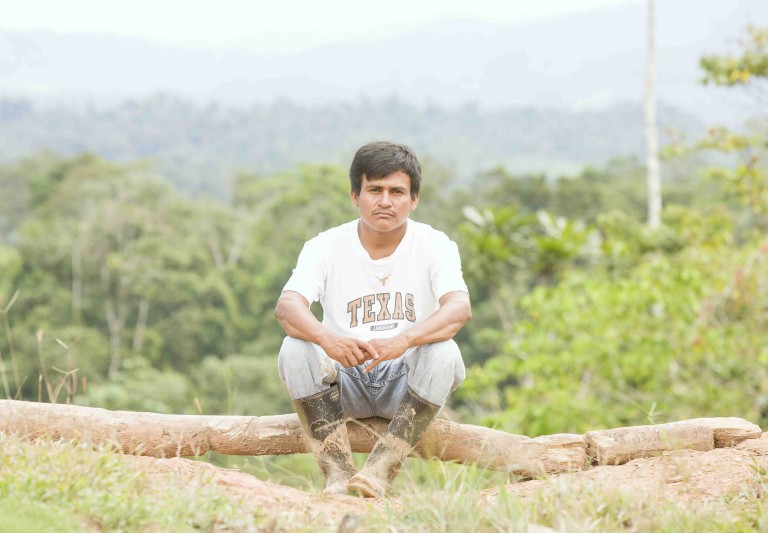
After a seven year battle, a landmark Demarcation law was passed in 2003 for the Awas-Tingi territory in Nicaragua. The ruling demonstrated that international human rights laws could protect indigenous peoples, their land and their natural resources. But a change in law does not always lead to a change in behaviour.There remains an ongoing fight to protect indigenous territory from unscrupulous businessmen selling off this land to poor families, some who may have invested all they own into a small plot. This has caused incredible friction between the newcomers and the indigenous communities.Patrols to protect disputed land often turns violent. Last year Charley Taylor was murdered trying to keep colonialists from his communities land, a Mayangna community situated in the Bosawas Biosphere Reserve. This is a crucial moment, the indigenous peoples are mobilising groups to defend their land against increasingly violent settlers.Despite laws and promises being made indigenous communities still face a daily battle to protect their ancestral land. As the situation intensifies greater stress has been put on these people and the forests they inhabit.
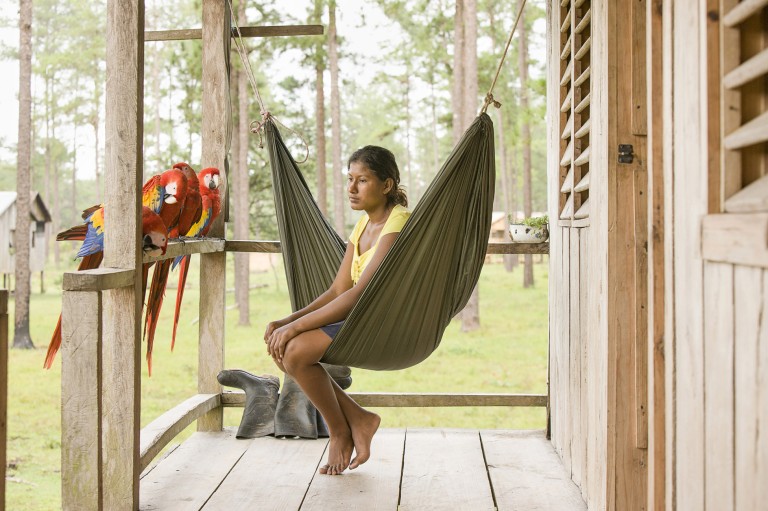
On the 12th September 2013 the Honduran government granted almost 7% of its territory to the indigenous Miskito people who have lived traditionally on this land for centuries. We follow the leadership of the indigenous organisation, MASTA, as they speak to their elders and explore solutions to better govern their land.

Guna communities have long been recognised for protecting the forests and the marine biodiversity along their coastline.Today they face uncertainty over the sea that surrounds their island homes. Increasing encroachment by luxury vessels threatens the long term viability of their reefs. Without the support of the government of Panama and clear rights, they face an increasingly bitter struggle to protect the marine biodiversity in these waters.Find out more about the Guna in Panama: http://bit.ly/2uzXxSh
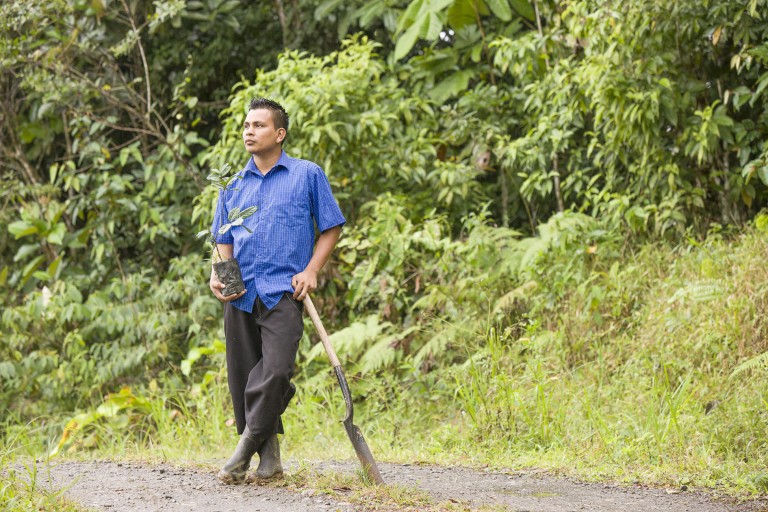
Imagine communities and land-owners being paid by the government to protect their forests & natural resources? Costa Rica is the only tropical country in the world that has reversed the process of deforestation through a unique fuel tax law that impresses the importance of protecting the environment & helping develop communities.

In Honduras there is a group of people known as the Miskitos. They are an indigenous group who have had many struggles: land invaders, illegal drug trade, corruption, violence, high rates of poaching of scarlet macaw nests.But they have decided to save the red macaw. Despite all those threats. Their conservation program is a success. In a way, but saving the parrots, the Miskitos are probably saving themselves (our ourselves).

See the full film : https://www.youtube.com/watch?v=hnZ-oBAvlXA
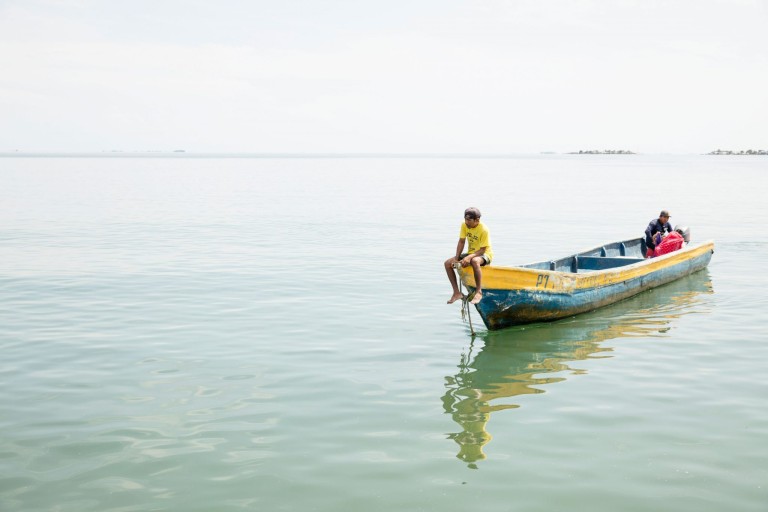
Guna communities have long been recognised for protecting the forests along their coastline; despite significant threats from farming and industrial logging, they are proven protectors of their ancestral forests. Today they face uncertainty over the sea that surrounds their island homes. Increasing encroachment by luxury vessels threatens the long term viability of their reefs. Without the support of the government of Panama and clear rights, they face an increasingly bitter struggle to protect the marine biodiversity in these waters.
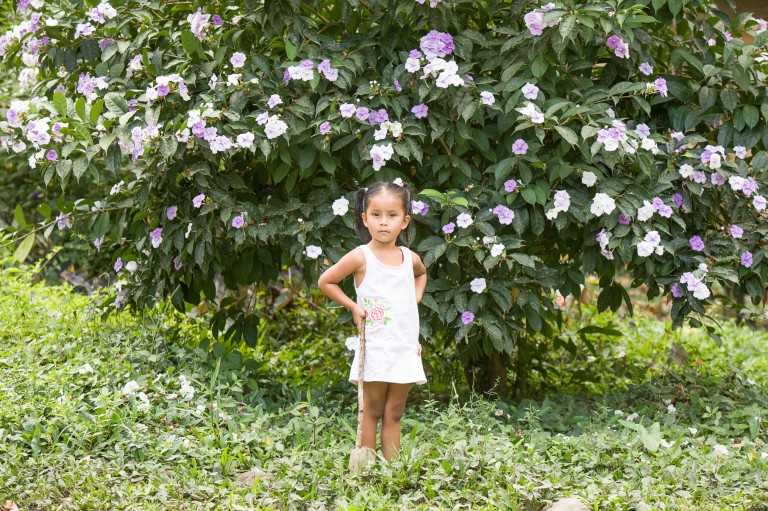
A few words from Tonnia Fernandez Solis. 1 minute of wisdom coming straight from the heart. Tonnia is coming from the Bribri Talamanca indigenous community in Costa Rica.

One of the most spectacular natural phenomena in the world. Starting in September and October, the monarch butterfly migrate from southern Canada and the United States to overwintering sites in Michoacán, Mexico where they arrive around November. No individual butterfly completes the entire round trip. Female monarchs lay eggs for the next generation during the northward migration. At least four generations are involved in the annual cycle.
But due to climate change and urbanisation, their journey gets more difficult each year.
Thanks to indigenous communities who protect their reproduction sites, manage reforestation programs and build corridors for the butterflies, the butterflies follow their path.